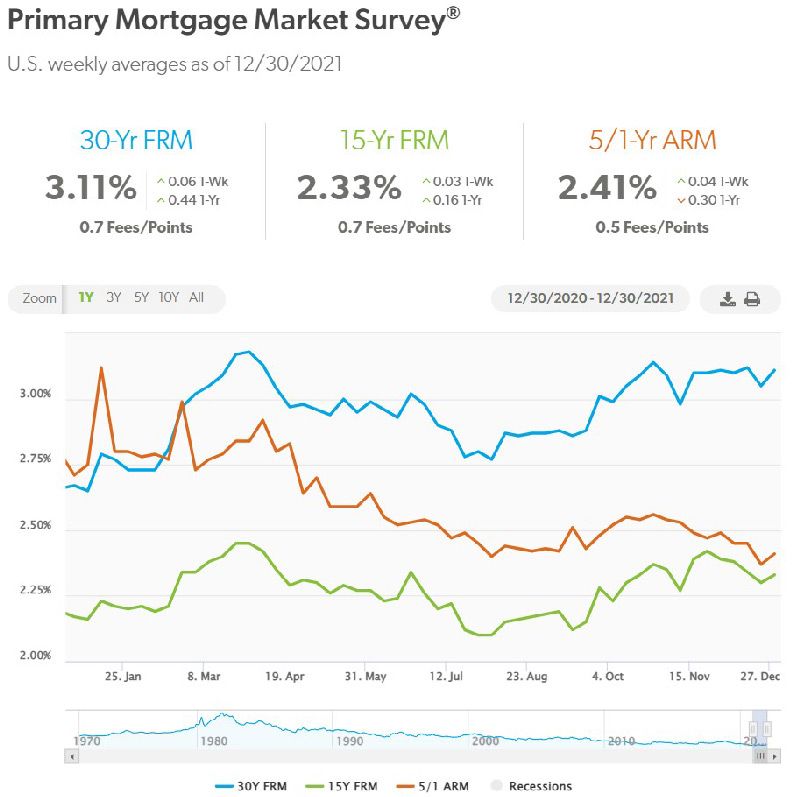
What this Week’s Data Means:
With the number of new sellers dipping relative to year ago levels, Realtor.com’s weekly housing data points signaled an increase in market competitiveness this week after a more mixed reading last week. Homes are spending less time for sale now compared to this time last year and the gap is growing. The typical home asking price is higher now than it was at this time last year and the gap is growing.
Looking forward, the covid-19 omicron variant could extend existing housing trends as previous covid waves have tended to be seen among sellers more than buyers. On the plus side, each successive wave has had a smaller effect, as we have more tools than ever before to navigate the pandemic. With housing inventory expected to begin to rise next year according to the Realtor.com® 2022 Housing Market Forecast, home sales are likely to see new highs nationwide and in many markets across the country in 2022.
Key Findings:
- The median listing price grew by 9.6 percent over last year. Over the previous 18 weeks, home price appreciation had trended in a relatively narrow 8.5 to 9.0% range compared to the previous year with only 2 exceptions when prices registered above that range. This week, price growth jumped again. This uptick is likely a temporary step outside of the recent range, but is a reminder that the market remains imbalanced. Home prices continue to rise due to a mismatch between supply and demand, stemming from a decade-long shortage of homebuilding. This means that even as housing affordability will be an increasingly important consideration for buyers, buying may be the relatively more affordable housing option with rents rising by 18.5% and expected to increase 7.1% in 2022.
- New listings–a measure of sellers putting homes up for sale–were down 6 percent from last year. New listings are among the more volatile housing data points we review each week, and this is especially true as we approach year’s end and housing activity dwindles. With fewer than half as many homes actively for sale now compared to 2 years ago, availability of for-sale homes is an ongoing challenge and potential limiting factor for home sales growth. However, with more homeowners planning to sell in the next 6 months and single-family home construction continuing at 1 million+ pace, the outlook for new listings is better than its recent pace.
- Active inventory continues to fall short and is down 27 percent from a year ago. Rising sales for both new homes and existing homes reflect the strong demand for housing in the market. With fewer new listings added this week, buyer interest outpaced new selling, and the gap in inventory continued to increase slightly. On the surface, this trend seems like it’s purely a buyer’s challenge, but notably, the majority of home sellers will also buy another home. Thus, buyer challenges can impact seller participation. In fact, more than 1 in 4 homeowners who are not planning to sell indicated that the reason holding them back is that they can’t find a new home in their price range.
- Time on market was down 11 days from last year. With fewer homes for sale now than this time last year, a typical home spent just 47 days on the market in November, faster than any previous year’s fastest month even into this year’s slower season. And other research suggests that gaps are likely even larger in the competitive suburban housing markets that have remained popular this year. This means buyers in today’s housing market still need to be prepared to act quickly even as the fall gives buyers a few extra days to make decisions relative to what was common this past spring and summer. Buyers can focus their home search using online tools to personalize their results so they can act quickly on listings that are the best fit.
Realtor.com


